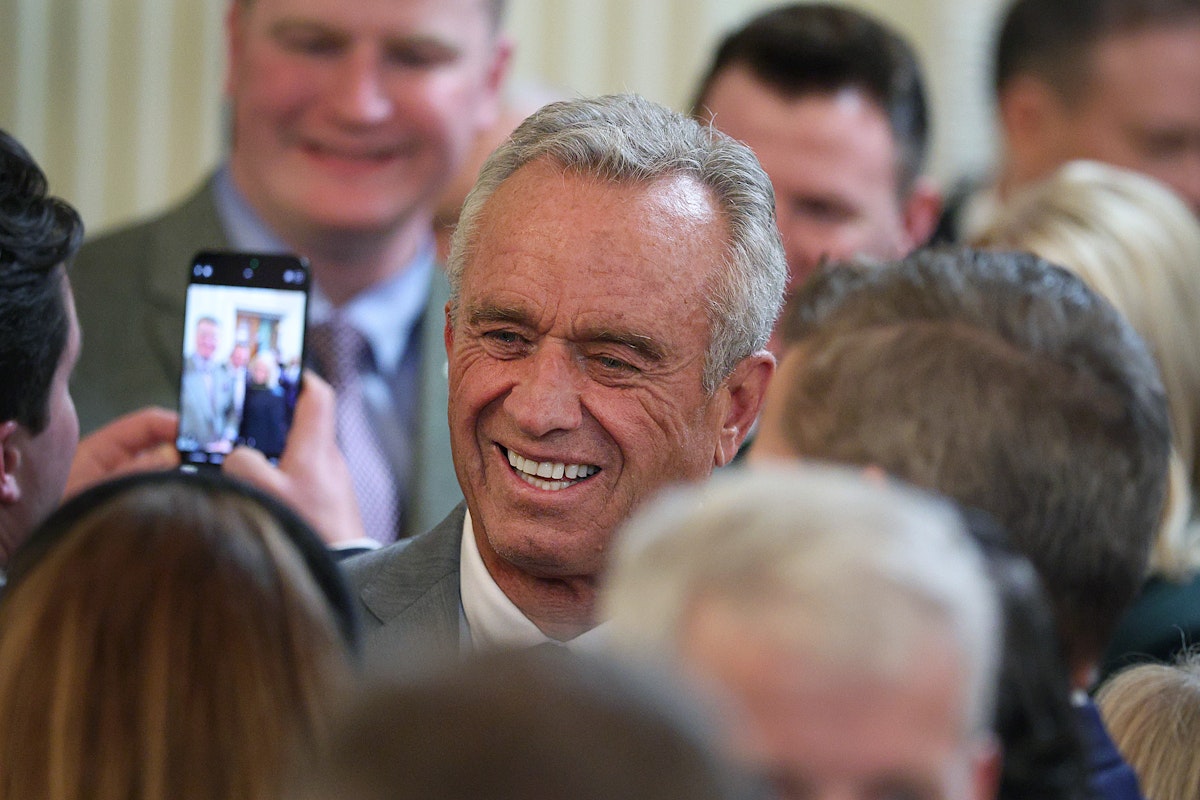
About those “healers”: In 2003, Richard Bartlett allegedly gave five of his patients risky medications, including powerful intravenous antibiotics, without weighing the harms of the treatment, according to a complaint to the Texas State Board of Medical Examiners, which found Bartlett was “not practicing medicine in a manner consistent with public health and welfare.” Bartlett reached a settlement with the board, without admitting to wrongdoing, by agreeing to undergo additional medical training and to submit to temporary oversight of his work.
As for the two treatments Kennedy highlighted: Aerosolized budesonide is an asthma treatment. While it might help measles patients who also have asthma, it’s unlikely to help and could even hurt sick kids without asthma, doctors told me. Clarithromycin is an antibiotic usually not used in children; while it can treat secondary bacterial infections that arise after respiratory illnesses, an antibiotic will not help with a viral illness—and a deadly virus like measles is the primary concern, even as doctors treat secondary illnesses as well.
“Sometimes we do need to add other types of medications,” Elizabeth Murray, a pediatric emergency medicine physician at the University of Rochester, told me. “However, saying we can treat measles with an antibiotic is a misleading approach” because it won’t treat the “underlying” illness of measles, she said. And doctors need to take great care with matching bacterial infections to the most effective antibiotics. “We try to be very diligent and vigilant about using antibiotics because of resistance that can be built up if we just give people antibiotics kind of willy-nilly,” said Murray.





